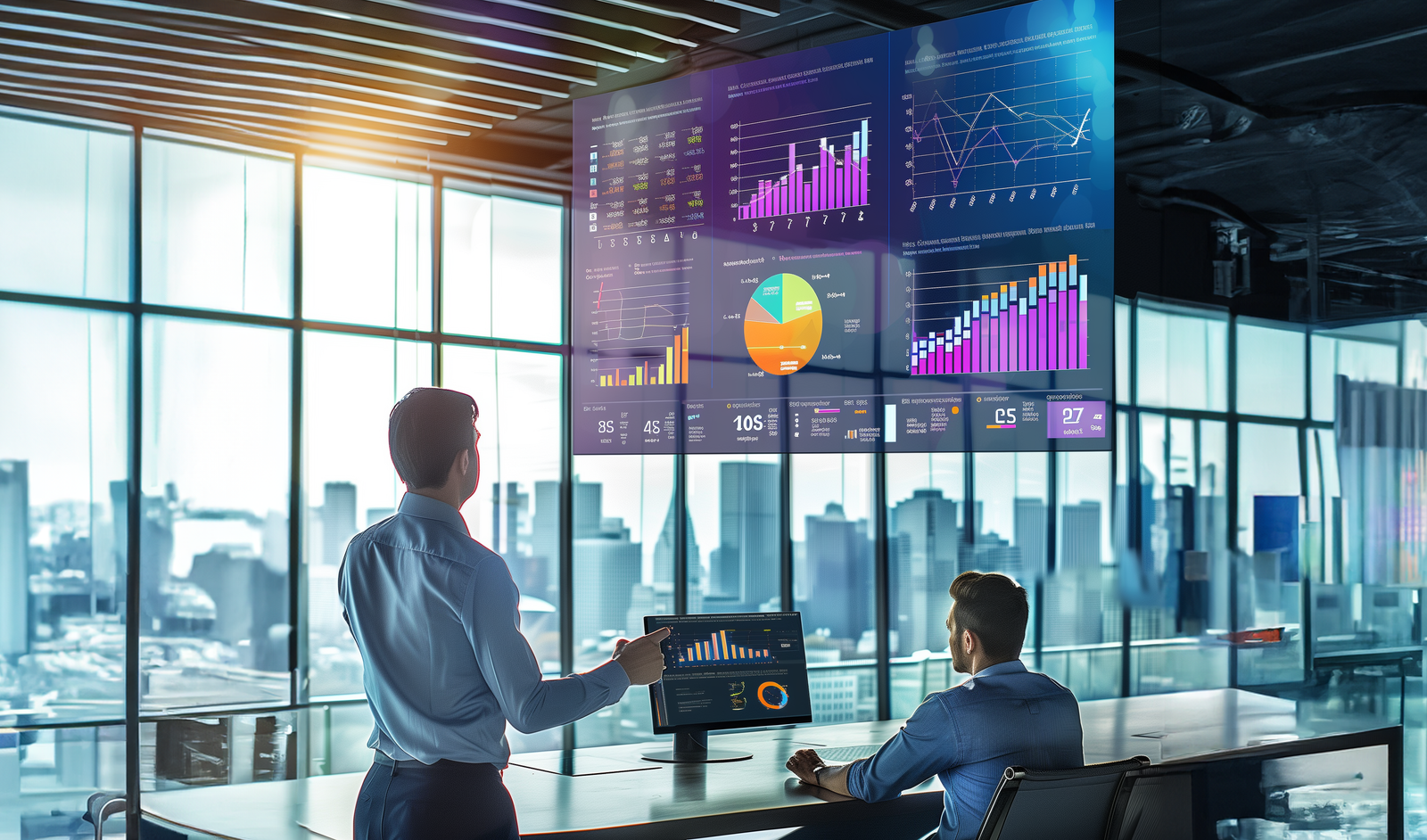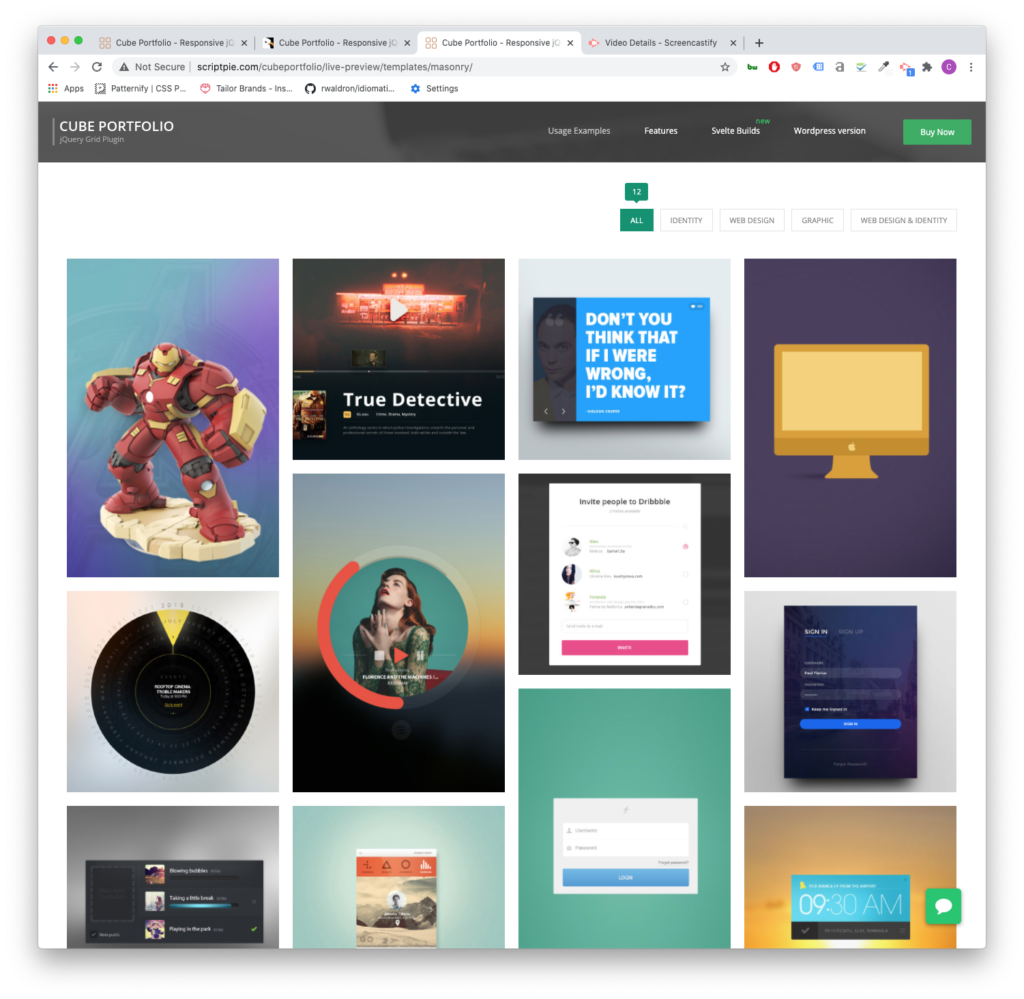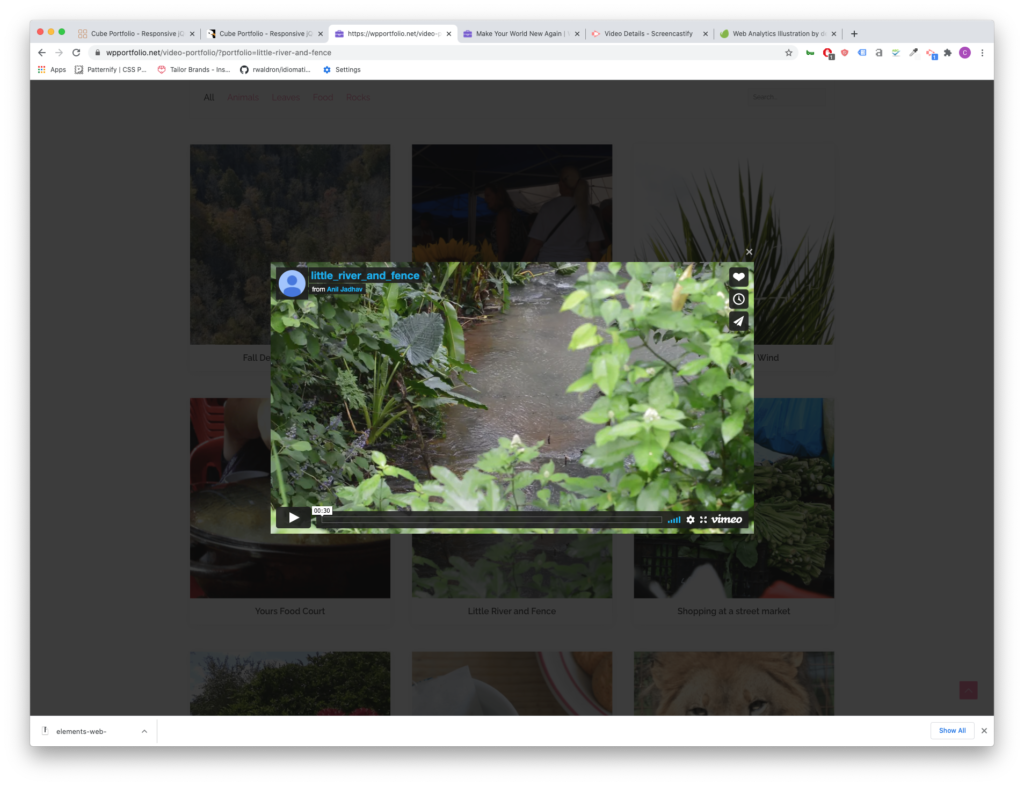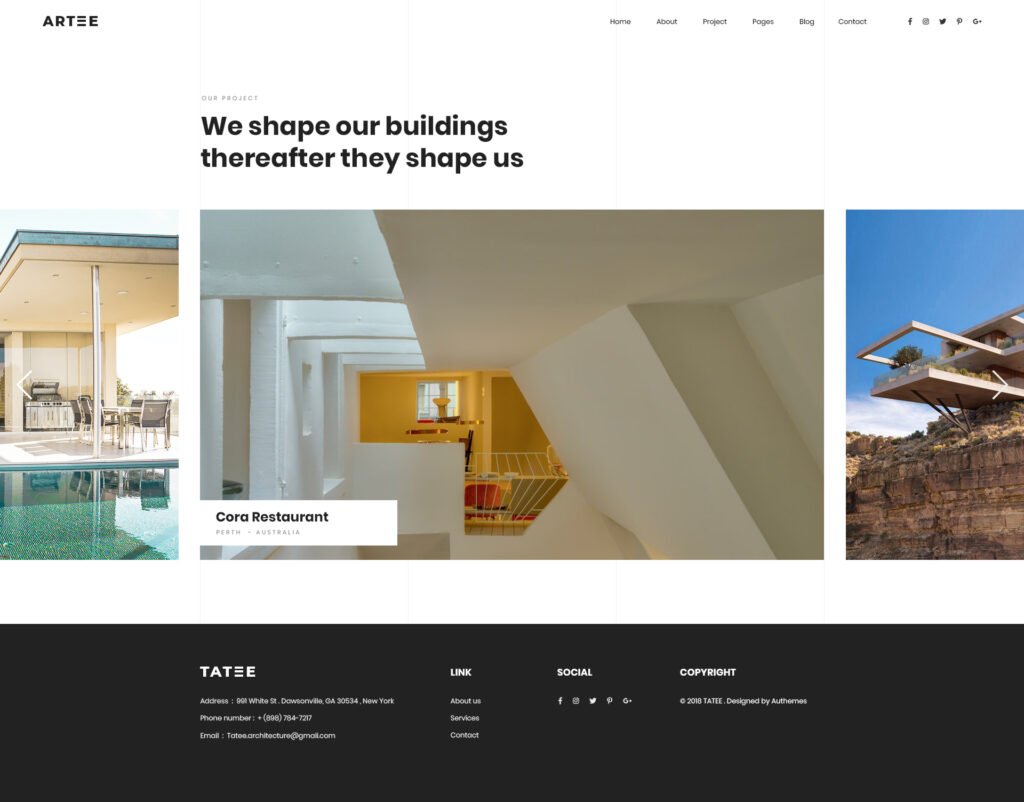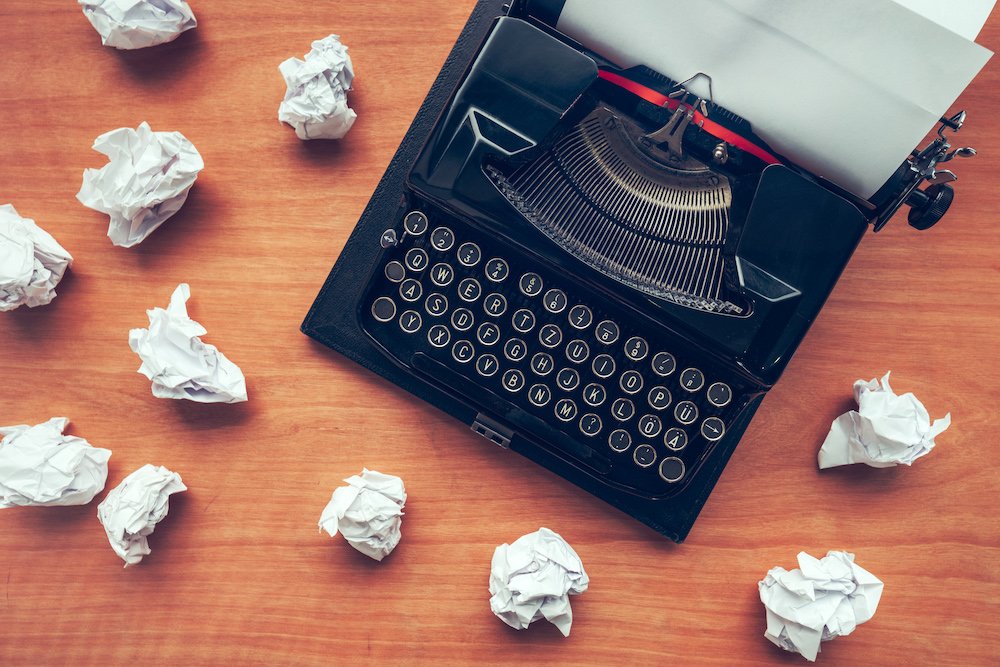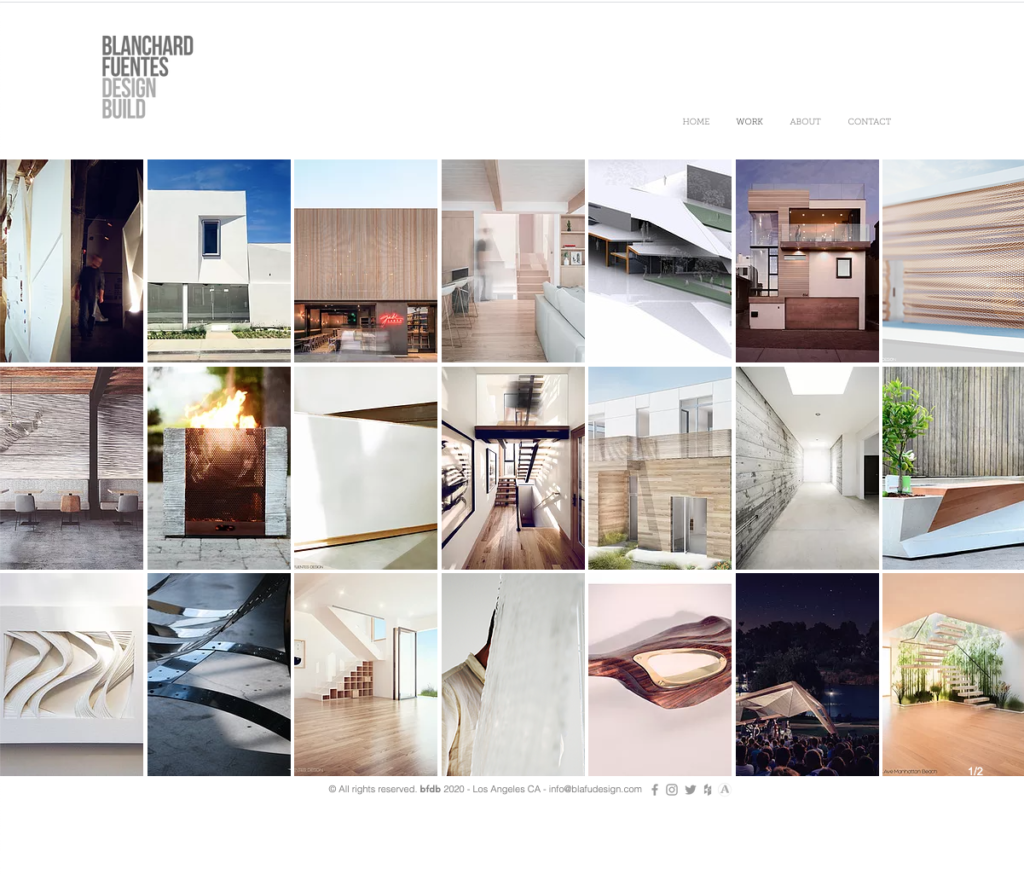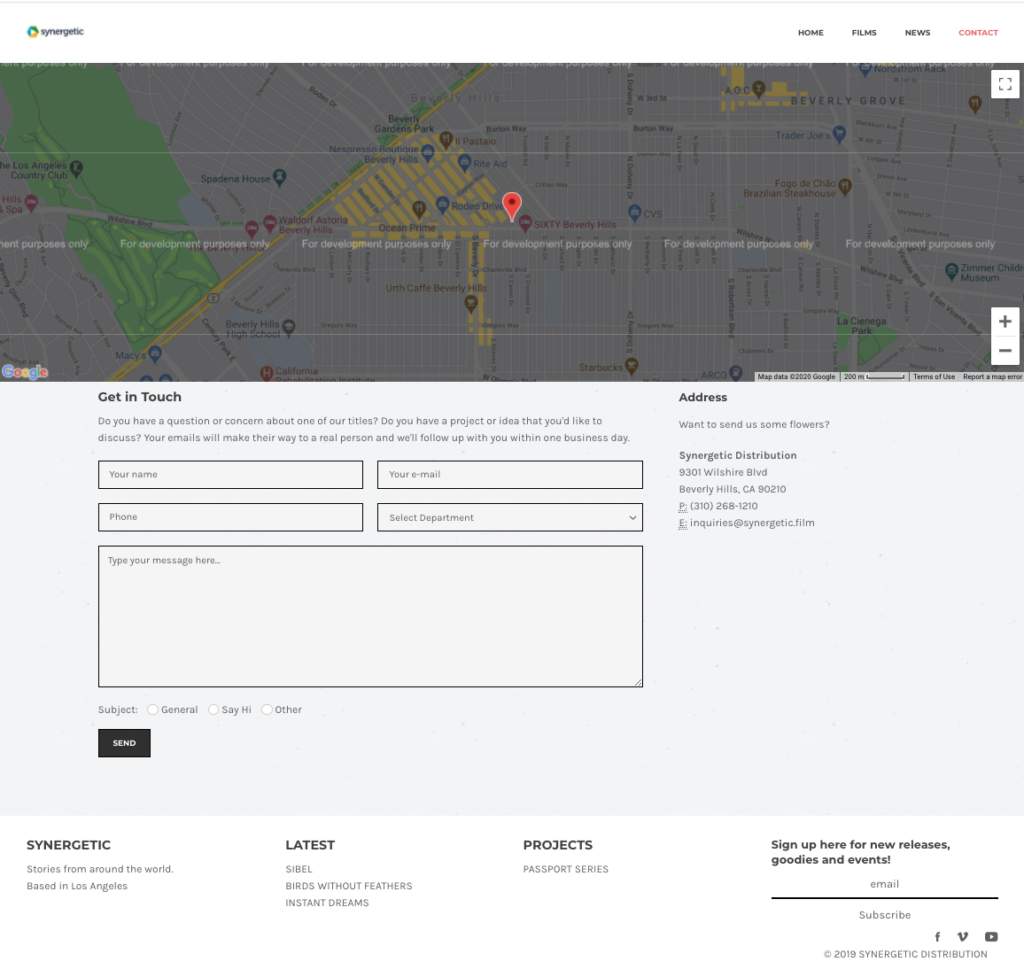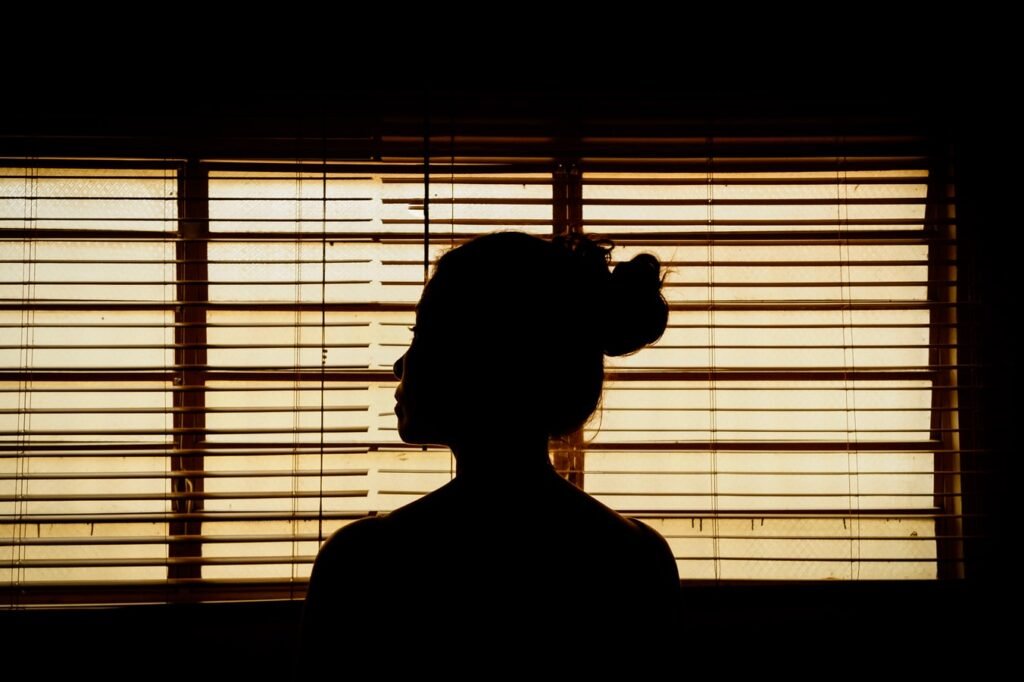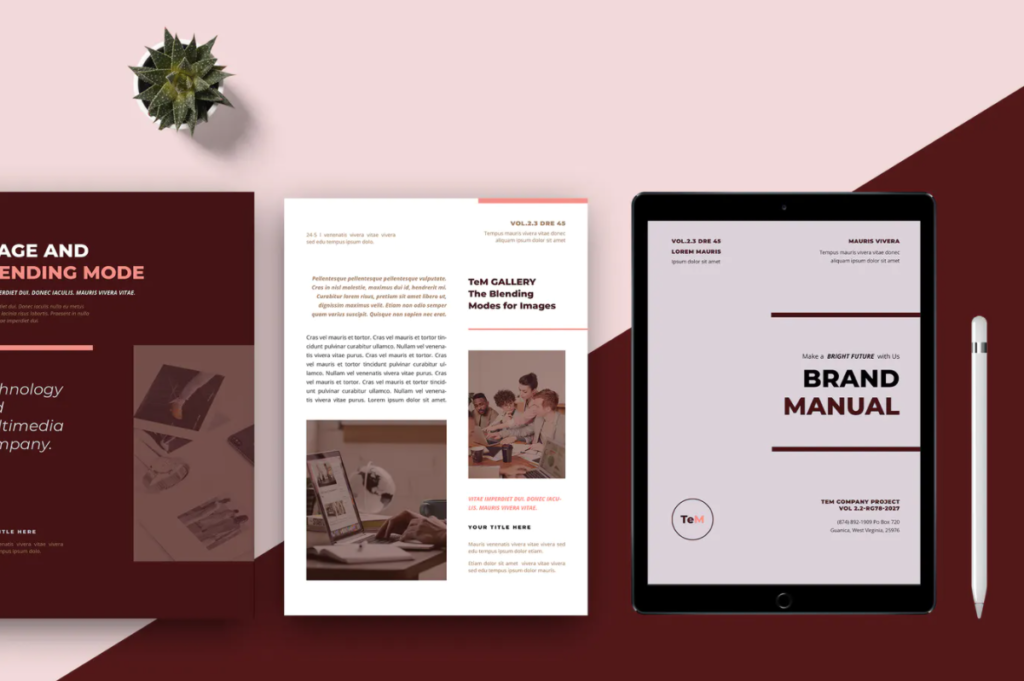Introduction
In the ever-evolving world of digital marketing, user experience (UX) and copywriting are two crucial elements that can make or break a brand’s success. While UX focuses on creating a seamless and enjoyable experience for users, copywriting is responsible for crafting persuasive and engaging content. In the architecture industry, where visuals play a significant role, the fusion of UX and copywriting has become increasingly important in creating a cohesive user experience. In this blog post, we will explore the power of UX and copywriting in architecture and how they work together to enhance user engagement and drive conversion.
User Experience (UX) in Architecture
User experience in architecture refers to the overall experience that users have when interacting with a brand’s digital presence. It encompasses everything from navigation and functionality to aesthetics and content layout. The goal of UX in architecture is to create a seamless and intuitive experience for users that will ultimately lead to better engagement and conversion.
To achieve a successful UX in architecture, it is essential to consider the elements that make up a user’s experience. These elements include navigation, functionality, and aesthetics. A well-designed navigation system ensures that users can easily find what they are looking for on a website or app. Functionality refers to the usability and efficiency of a website or app, while aesthetics reflect the visual appeal of a project.
The Role of Copywriting in Architecture
Copywriting in architecture is the process of writing persuasive and engaging content for a brand’s digital presence. It plays a crucial role in capturing the attention of potential clients and influencing their decision-making process. In the architecture industry, copywriting is utilized in various forms, including website copy, marketing materials, and project descriptions.
The importance of copywriting in architecture cannot be overstated. It is the voice of a brand and can make a significant impact on a user’s perception of a project. Well-written copy can not only attract users but also persuade them to take action, ultimately leading to increased conversion rates.
How UX and Copywriting Complement Each Other
While UX and copywriting may seem like two separate entities, they work together to create a cohesive user experience. By combining the strengths of both, brands can effectively communicate their message and connect with their audience.
One way in which UX and copywriting complement each other is by creating a cohesive user experience. Consistency in messaging is crucial in building trust with users and establishing a brand’s identity. By working together, UX and copywriting teams can ensure that the language used throughout a project is consistent and aligned with the brand’s voice. This consistent messaging can help users feel more connected to a project and increase their engagement with it.
In addition, copywriting can also enhance the visual appeal of a project. By using persuasive language and highlighting key features, copywriting can draw attention to the most important aspects of a project and capture the audience’s interest. This, combined with a user-friendly content layout, can make a project more visually appealing and engaging.
Improving User Engagement and Conversion
The ultimate goal of UX and copywriting in architecture is to improve user engagement and drive conversion. To achieve this, it is crucial to understand user behavior and tailor the experience accordingly. This can be done through research and analysis, creating user personas, and conducting user testing.
Crafting effective calls to action (CTAs) is also crucial in improving user engagement and conversion. CTAs serve as prompts for users to take action, whether it is requesting more information or making a purchase. By using persuasive language and placing CTAs strategically, brands can encourage users to take the desired action. A/B testing can also be utilized to optimize CTAs and improve conversion rates.
Case Study: Successful Implementation of UX and Copywriting in Architecture
A successful example of the fusion of UX and copywriting in architecture is the redesign of XYZ Architecture’s website. The project focused on creating a cohesive user experience by improving navigation, functionality, and aesthetics. The copywriting team worked closely with the UX team to ensure that the language used throughout the website was consistent and aligned with the brand’s voice. As a result, the website saw a 25% increase in user engagement and a 15% increase in conversion rates.
Best Practices for Implementing UX and Copywriting in Architecture
To effectively implement UX and copywriting in architecture, collaboration between the two teams is crucial. This ensures that both elements work together seamlessly and create a cohesive experience for users. Additionally, continuous improvement through data analysis is essential in identifying areas for improvement and optimizing the user experience. Staying up-to-date with industry trends is also crucial in remaining relevant and competitive in the market.
Conclusion
In conclusion, the fusion of UX and copywriting in architecture is a powerful tool in creating a cohesive user experience and driving conversion. By understanding the role of each element and how they complement each other, brands can effectively communicate their message and connect with their audience. By implementing best practices and continuously improving, the future of UX and copywriting in architecture looks promising.
Key Takeaways
– UX and copywriting work together to create a cohesive user experience in architecture.
– UX focuses on navigation, functionality, and aesthetics, while copywriting creates persuasive and engaging content.
– Collaboration between the two teams is crucial for success.
– Understanding user behavior and crafting effective CTAs are essential in improving engagement and conversion.
– Continuous improvement through data analysis and staying up-to-date with industry trends is crucial for success.

